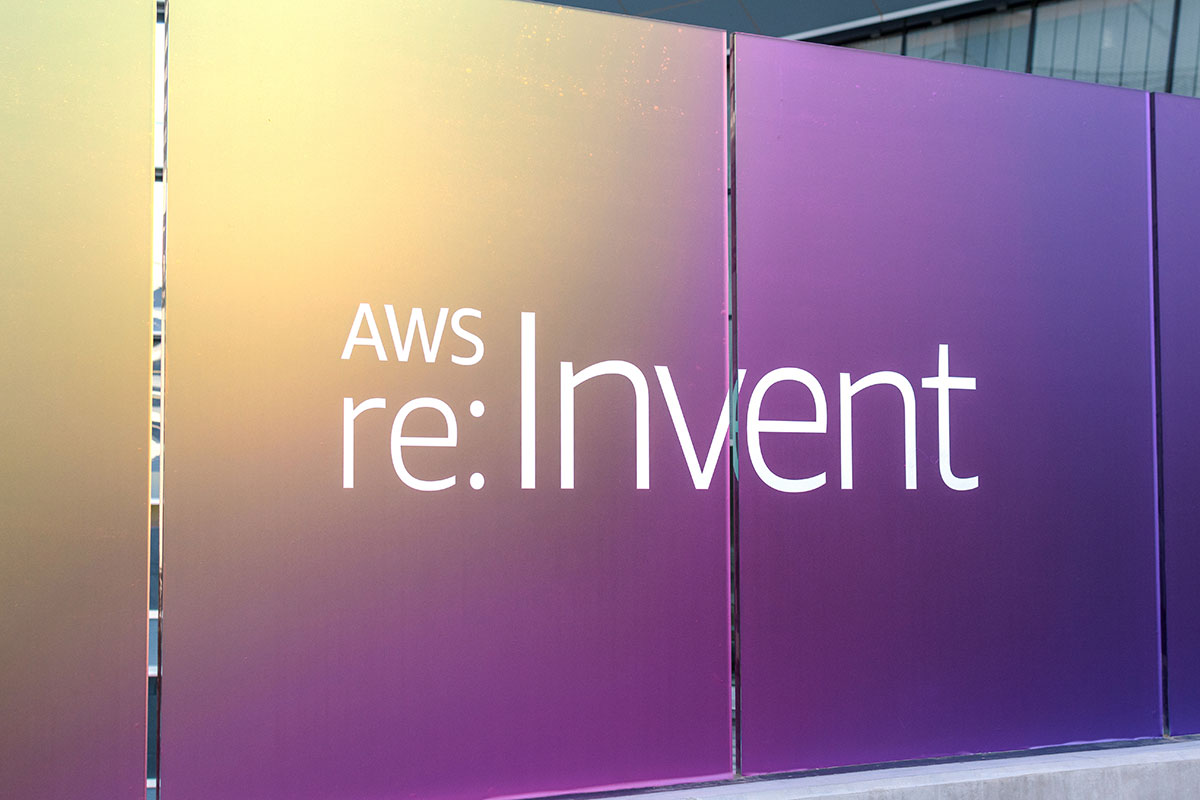
Common Cloud Mistakes and How to Avoid Them

It’s not hard to discern how important the cloud is in present-day business operations. According to the Cloud Adoption Report released by O’Reilly, the cloud is utilized by greater than 90% of organizations. Common cloud mistakes can prohibit companies from successfully harnessing the power of the cloud and gaining a strategic edge over the competition. Businesses leave themselves vulnerable to security threats, data loss, operational inefficiencies, and revenue loss by failing to implement crucial initiatives.
When implementing a cloud strategy, many organizations will blunder. Taking strategic steps to circumvent common cloud mistakes—understanding your cloud readiness, developing a cloud migration strategy, prioritizing security—puts organizations in a better position to take full advantage of their cloud investment.
Cloud Mistakes That Can Cause Business Decline
Moving operations to the cloud can help to improve performance, security and scalability. But cloud mistakes can cost businesses time and money; some missteps can ultimately lead to total business failure. Let’s explore some:
Lack of Migration Strategy
A lack of planning can be the first stumbling block of cloud transformation. Without a cloud migration strategy, transitioning to the cloud can become overwhelming and create ongoing problems for your entire organization. Companies can find themselves confronting compatibility issues and may not be able to exercise important beneficial features like flexibility, scalability, and cost-efficiency. Businesses need to have a solid plan for how they will use the cloud, what services they will move there, and what data will be stored there.
Forgetting About Security
Regardless of industry or the size of an organization, cloud security is an essential element of cloud service and should always be a top priority. Different clouds have distinct security measures in place. It’s important to understand the layers of security your cloud service provider (CSP) has in place to protect your information and to know if it performs regular risk assessments. Organizations need to understand the different security roles, responsibilities, tools, and best practices.
Determining Bandwidth
Services offered and user expectations are components to determine the actual bandwidth needed for your organization. It’s important to be upfront with your CSP on your needs.
Lack of a Disaster Recovery Strategy
Cloud providers often reassure clients that backup and recovery plans are in place. However, it’s important to have alternate backups in place. What if critical data is hacked or your data was deleted? What are your contingency plans?
Having a Departure Plan
Although you may never need or use it, it is vital to your organization’s cloud strategy to have a departure plan solidified in case you must bring anything back from the cloud or need to leave your cloud service provider. It’s a way of putting your own safeguard in place for worse cast scenario situations.
Circumventing Common Cloud Challenges
Understanding common cloud mistakes that have potential to disrupt your operations and how to avoid them puts enterprises in a position to optimize their cloud investment and better serve their customers. With early recognition of challenges, leaders can develop action items for implementing solutions to any cloud challenges confronting their organizations.
Cloud Readiness Assessment
Cloud adoption readiness is the process of examining your applications and data to determine if they can be moved to the cloud with minimal impact on operational continuity. This process usually includes an itemized checklist that guides the process and alerts enterprises of what needs to be done to ensure a smooth migration. AWS designed its own program to help organizations assess their progress with cloud adoption and identify gaps in organizational skills and processes called the Cloud Readiness Assessment Tool (CART). With the insights from the CART, you can formulate an effective plan that follows AWS best practices for migration
Your CSP will also be able to conduct a cloud readiness assessment to see where your organization is on its cloud transformation journey.
A Strong Migration Strategy
Migrating to the cloud can prove to be a daunting experience for many organizations attempting to go the journey sans a CSP. While developing a cloud migration strategy, it’s key for companies to understand their workloads because at the end of the day, not everything should make its way into the cloud. Recognizing your workloads that possess the qualities to thrive in the cloud while acknowledging the ones which do not will allow you to seamlessly transition parts of your business to the cloud for optimum efficiency and minimal downtime.
This article will help you do just that.
Best Practices for Security Solutions
No matter how secure your architecture may appear, your organization’s security posture must keep pace with technological advancements. If not, your once-strong security status could weaken and become susceptible to threats. The AWS Cloud Security Posture Management can help you stay on top of changes that may affect your security posture.
Experienced CSP can also develop custom strategies that strengthen the security of cloud operations, data, and infrastructure. With the right partner, you can wade through security findings and remediate issues either automatically or through guided workflows.
Cloud Transformation is a Process
Cloud is not a one-size-fits-all solution. Organizations adopting cloud computing need to understand that it is a continual process and cloud maturity does not happen overnight. And along the way, there are likely to be some pitfalls waiting to interrupt your cloud transformation journey. But with a cloud migration strategy, best practice security protocols, a disaster recovery plan, and a long-term mindset, organizations can be well on their way to taking full advantage of their cloud investment. For best results, it may benefit your organization to find an external partner that can help move you to the cloud quickly and easily.
Apexon is dedicated to helping customers achieve their digital initiatives and develop a clear vision for their cloud investment. With our expertise in cloud services, businesses can trust that our consulting and engineering services will enable them to implement initiatives, from cloud strategy and beyond. If you’re interested in learning further about the power of modern analytics and data, check out Apexon’s Cloud Native Platform Engineering services, Apexon’s Cloud Migration services, or get in touch with us directly using the form below.
Also read: Transforming Retail with Apexon: Mastering Salesforce Data Cloud for Unmatched Customer Experiences
Also read: Infrastructure as Code: Building Resilient Systems with AWS CloudFormation
Also read: Infrastructure as Code in the Hybrid Cloud: Unlocking Efficiency and Trust
Also read: Modernizing Legacy Mainframe Applications on AWS: Unlocking the Future of Enterprise Applications




